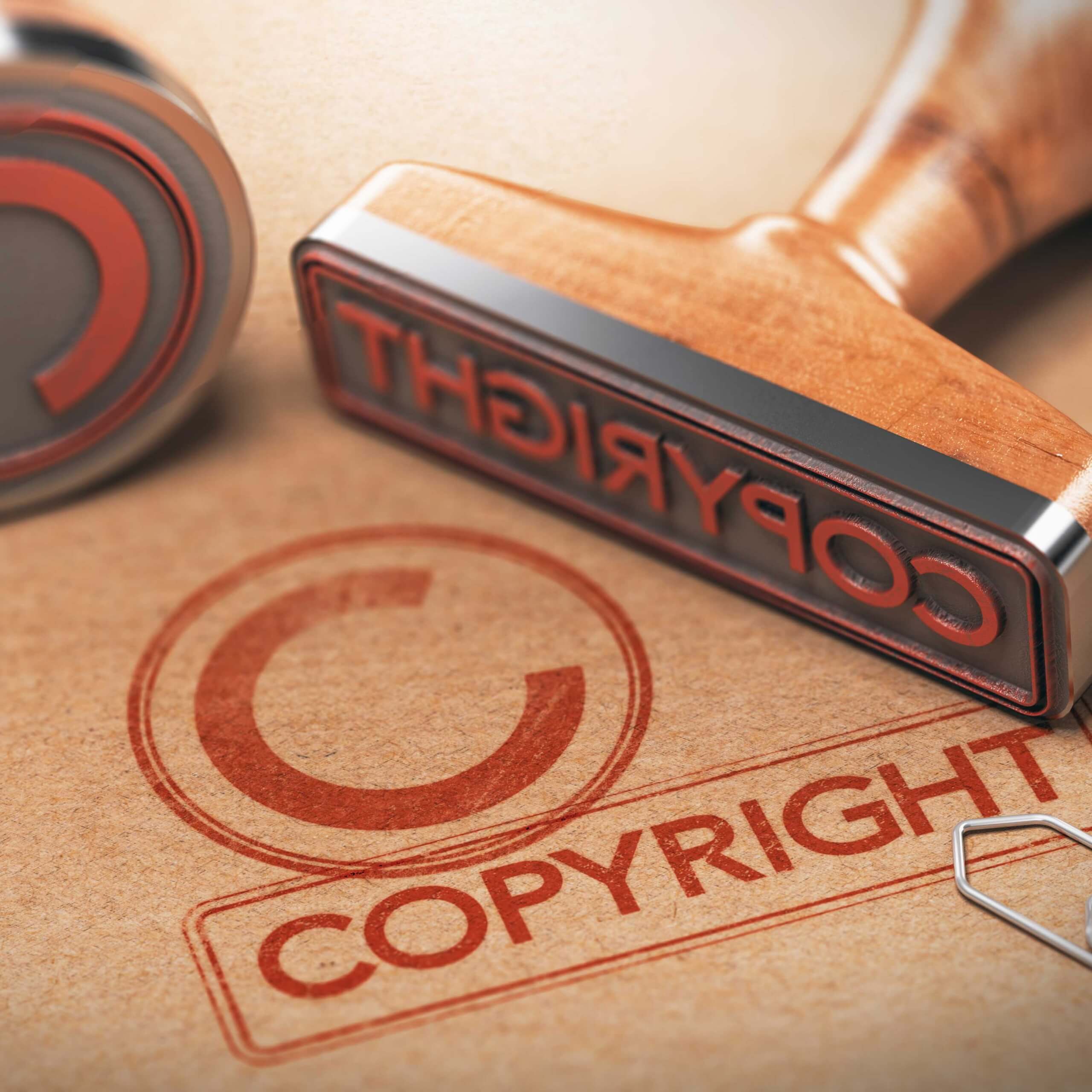The importance of IP for new product development
3rd June 2025
“The judgment in Aldi v Thatchers has arguably changed the landscape in new product development as other brands are now emboldened to enforce their rights. Businesses should sit up and take this as a sign to review their IP strategy before it’s too late.”


The recent case of Aldi v Thatchers (for more detail read our previous article here) has proved that protecting your intellectual property (IP) in relation to new product development (NPD) is more important than ever. This judgment has arguably changed the landscape as other brands are now emboldened to enforce their rights. However, the rise in “dupes” generally is not going away and should make businesses sit up and take this as a sign to review their IP strategy before it’s too late.
Trade Marks
It’s important to consider, before you think about others infringing your rights, whether you could be infringing someone else’s rights. A trade mark clearance search is a way to evaluate the availability of a new brand. Ultimately, a brand needs to be unique to be protected and this search will help highlight any similar trade marks already registered. Therefore, it is advisable to conduct this search early on in the course of development to avoid potentially investing significant resources into a brand which is not protectable or, worst case scenario, could be infringing someone else’s rights.
Once it’s established that there are no third party trade marks which could present issues and a brand has been selected, it is crucial to register any IP. One way of doing this is to register a trade mark. This is very broad and includes words, logos, shapes, colours, sounds and other distinctive elements which allow consumers to uniquely identify and distinguish the source or origin of the goods of one party from another, making it an incredibly valuable tool. In fact, Thatchers successfully protected their IP through the use of a registered trade mark in its case against Aldi. In markets where competitor products will be placed side by side, no business wants their product to fade into the background or be confused with a “dupe”; securing an identifiable mark will help with this.
Patents
In some industries, the use of patents and trade secrets will be crucial in obtaining the best protection for your IP. Should your NPD include a new or innovative process, a patent may be most appropriate. As patents aren’t always an option for all product launches, they are often overlooked on the assumption that they will not be suitable. Businesses should rethink this as patents can be powerful intellectual property rights and are therefore, very valuable.
Trade Secrets
If the most crucial component in your NPD is, for example, a recipe or a set of ingredients, a trade secret might be the most suitable protection. On the proviso that your trade secret is kept strictly confidential and is not communicated to third parties, the protection can last indefinitely. Indeed, a number of businesses which pride themselves on their “secret recipe”, have used the protection of a trade secret for decades, if not over a century in some cases.
Copyright in advertisement
Once NPD has been established, it won’t be long before a business turns its attention towards how this product will be marketed. Eye-catching adverts can make all the difference, with some adverts living on in memory long after the product itself. Copyright is a powerful weapon in any business’ arsenal and can protect a wide range of works, including marketing materials. Copyright provides a business with the exclusive right to do certain things with that work including producing copies and communicating it to the public. The general rule is that copyright is owned by the creator of the work in the first instance. This might raise alarm bells for businesses who have engaged a third party marketing agency, for example, but these rights can be assigned via an agreement and legal advice should be obtained as to how to produce this.
Design Rights
Another type of IP protection potentially available for your NPD is the design of the product. A design can be crucial to your brand identity and ultimately, can sway a consumer into choosing your product over a competitor’s. Therefore, it is essential that the design of a product is protected. Registered designs can protect the appearance of either the whole or part of a product for example, design rights are often sought for the packaging of a new product. Obtaining design protection provides yet another element to protect your new product against third parties.
All of the above rights protect different aspects of IP. There are various examples where infringement claims based upon trade marks have succeeded where design claims have failed and vice versa. So, building a broad intellectual property portfolio containing different types of protection is very helpful and gives you more options when it comes to protecting your rights.
How we can help: New product development
Our award-winning IP team regularly advise businesses across various sectors on how best to protect their IP during NPD and also ensure they do not infringe any third party rights. Our team includes both solicitors and chartered trade mark and design lawyers giving them a broad wealth of knowledge and experience. If your business needs a create or reconsider their IP strategy, don’t hesitate to get in touch.









